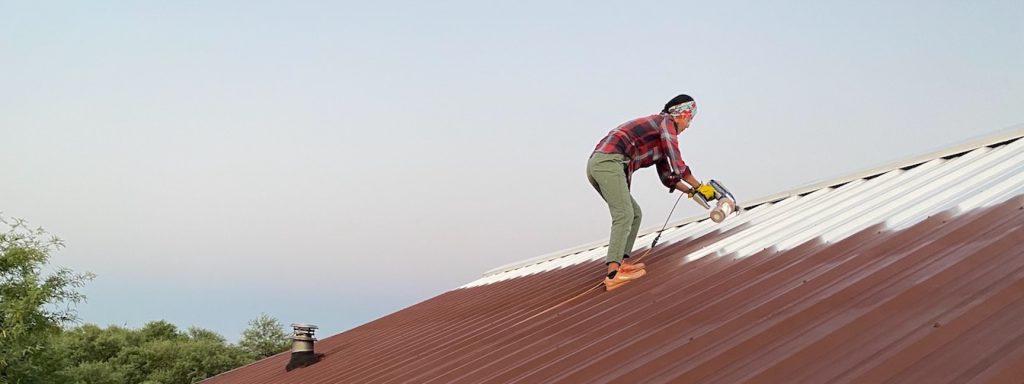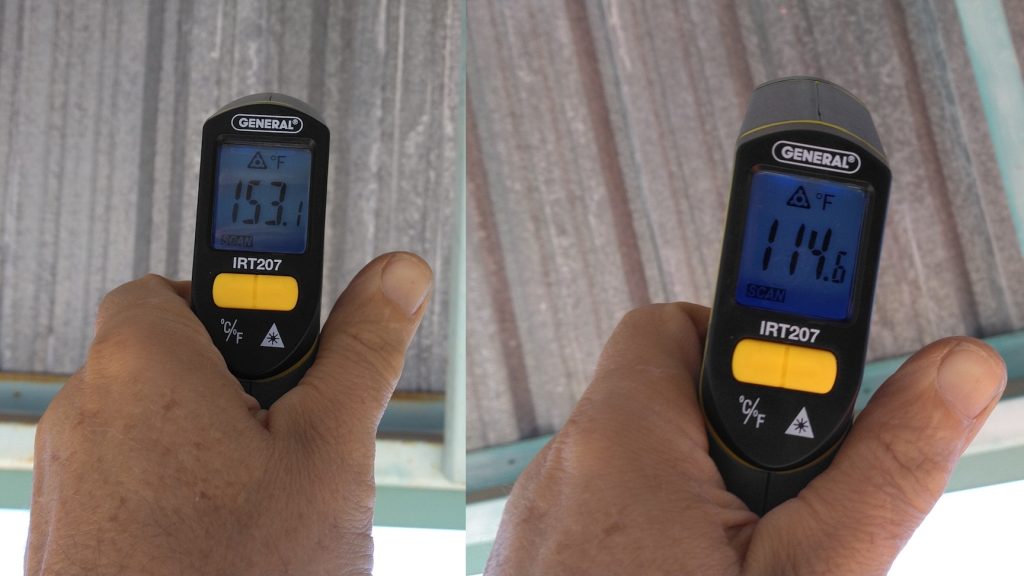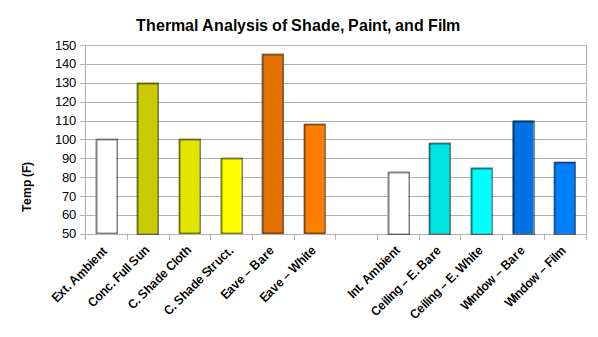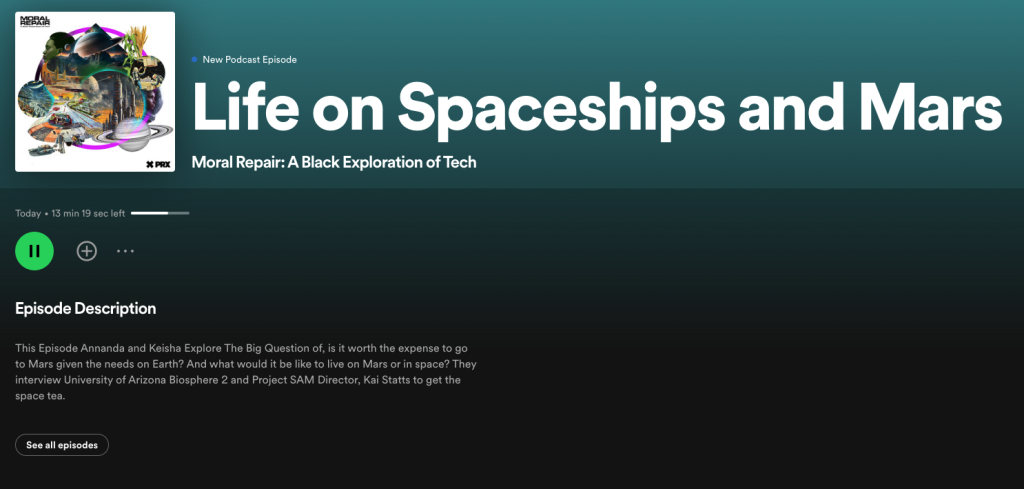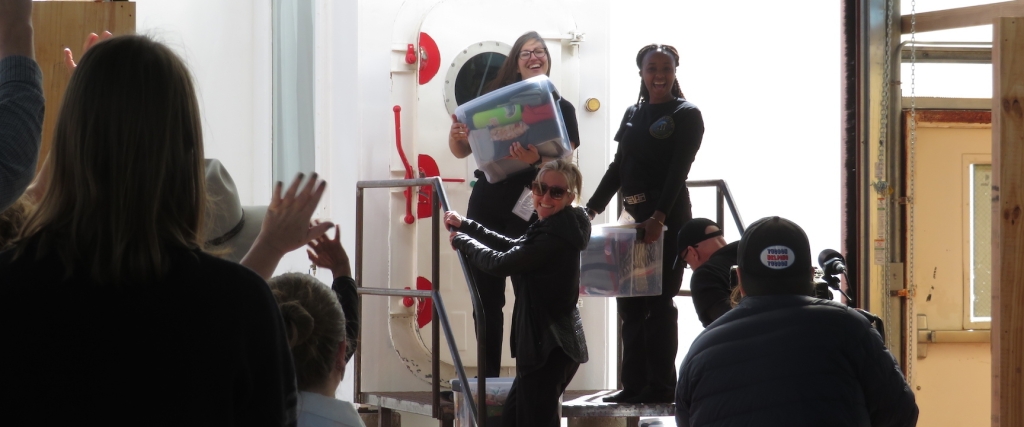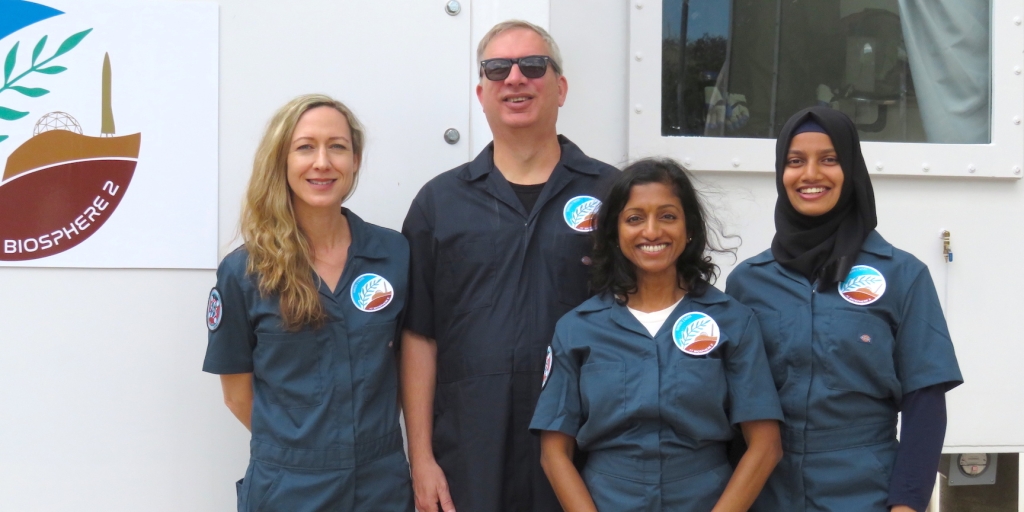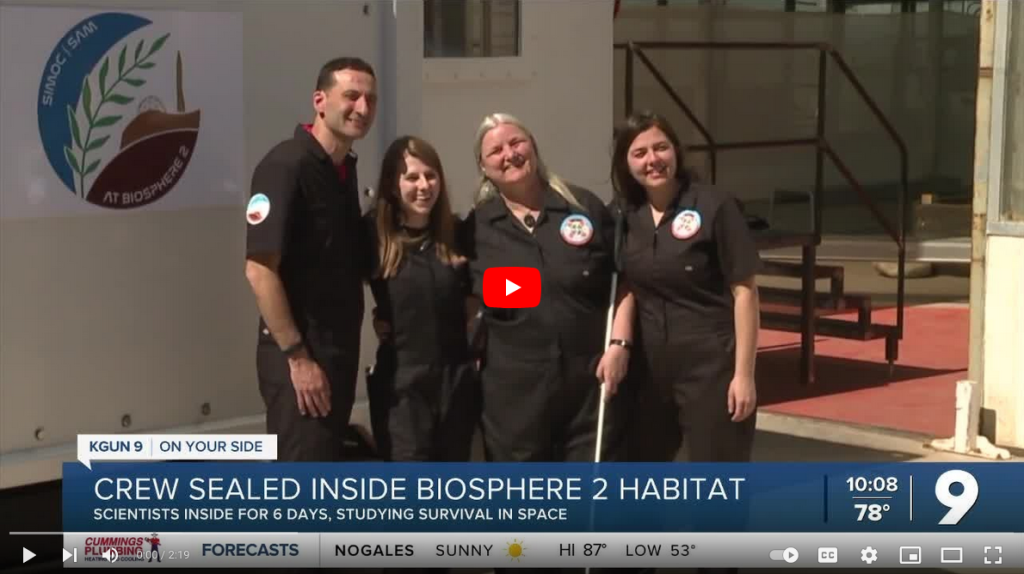Keeping Cool – window films
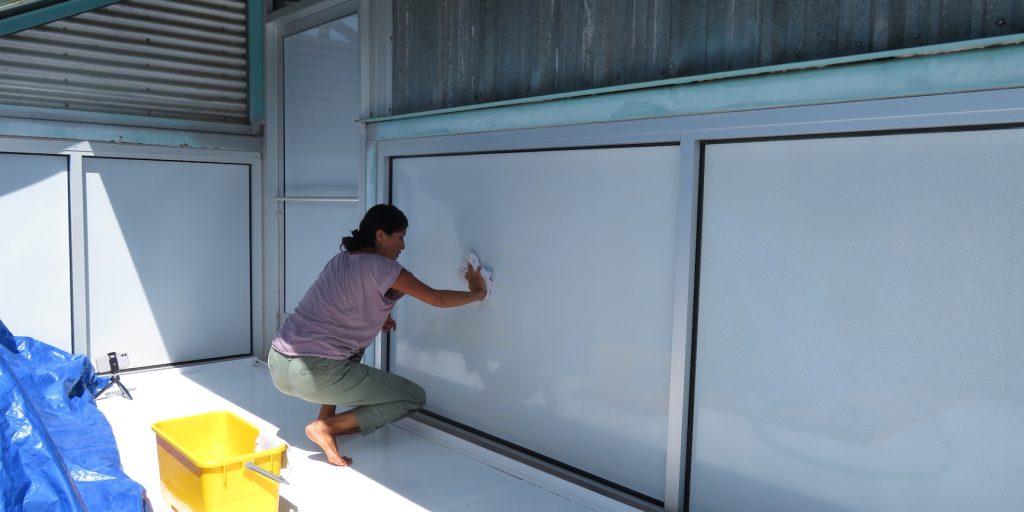
Interior and Exterior Films
We are all familiar with window films (sometimes referred to as tint with automobiles). Modern films are designed to block UV light that damages plastic, cloth, and furniture; optical light (what we can see) to reduce glare; and infrared (what we can feel) to reduce total thermal transmission from the sun into our homes or cars. It’s all light, just shorter and longer wavelengths (yes, you learned this in high school, but probably forgot :).
Most films are applied to the interior of glass windows, or at the factory to the interior of the first pane of glass in a double-pane insulated window. The films are rated for transmission as a percentage, i.e. “75% optical transmission” means the film blocks 25% of the in-bound light we can see, and allows 75% to pass through. Most block 99% of UV and upwards of 90% IR.
In a casual study I conducted at my place of work, I noticed that non-treated glass remains relatively cool to the touch (ambient room temperature) as full spectrum sunlight enters the room and heat the objects it strikes. When an interior window film is applied, yes, the objects in the room remain cooler, but the glass itself heats up. If the glass is heating, that means it is generating heat energy, or infrared light, and is in fact heating the room, even if to a lesser degree (50% in / 50% out). This deserves further study, to learn how much the glass is heated through the process of reflecting IR with an interior film, and how much heat energy ends up in the room anyway.
That said, if you apply a film on the outside of the glass window the heat energy is reflected without heating the glass, and as such is more effectively keeping the interior space cool. But most translucent films are not intended to be applied on the exterior as they will dry-out, get scratched, and fall off prematurely.
There is an alternative …
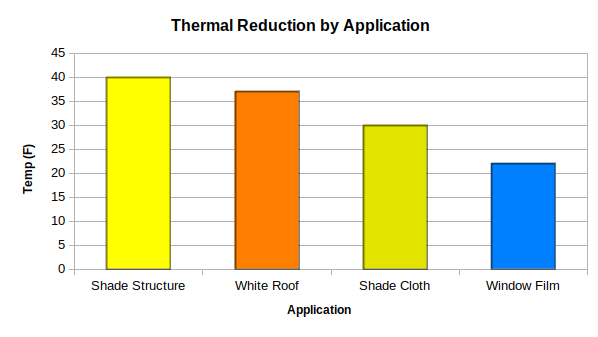
Save a bird. Reduce your electric bill too.
We live in the San Pedro River valley where more than 300 species of migratory birds travel twice each year. And year-round we enjoy a local population of doves, finches, woodpeckers, humming birds, ravens, hawks, and many more. Sadly, they too often see the reflection of the blue sky in the early or evening hours and fly into our windows, either stunned for a few minutes or breaking their necks.
We tried curtains on the inside, and hand-cut paper snowflakes taped to the windows too. We successfully hung shade cloth in front of two windows, but this solution is not feasible all around for a variety of reasons, including the amount of structural modification and resulting loss of visibility.
Then we discovered the not-for-profit company CollideEscape whose various exterior window films provide up to 100% guaranteed elimination of bird collisions. This vinyl film is the same as that applied to city buses, painted-on advertisements making the windows appear opaque on the outside when in fact the passengers can see just fine.
We applied these to all upper windows. It worked perfectly. Not a single bird collision on those windows with the film. In the process we also discovered that the film drastically reduces the interior temperature where sunlight falls, by as much as 30F. This was initially noticed by sitting in our loft to determine how our view was changed, inside-to-out.
With two windows side by side, in the same morning light, one had the vinyl film, the other did not. The temperature difference was immediately noticeable on our faces and forearms, and confirmed with a mercury thermometer placed in the light of each window. We have since covered all our basement windows too and noticed a significant change in the temperature of the carpet where the sunlight falls. An infrared thermometer noted the temperature of the carpet (yes, carpet does get hot) dropping from 107F in direct sunlight to 85F behind a glass pane covered with the CollidEscape film, the lower temperature just seven degrees over the 78F room temperature (as measured on the carpet beyond the sunlight of any windows) at that time. Our basement is noticeable cooler than the last few years, which aids in cooling the entire house.
This essay is part of a series about Keeping Cool in your Home …

